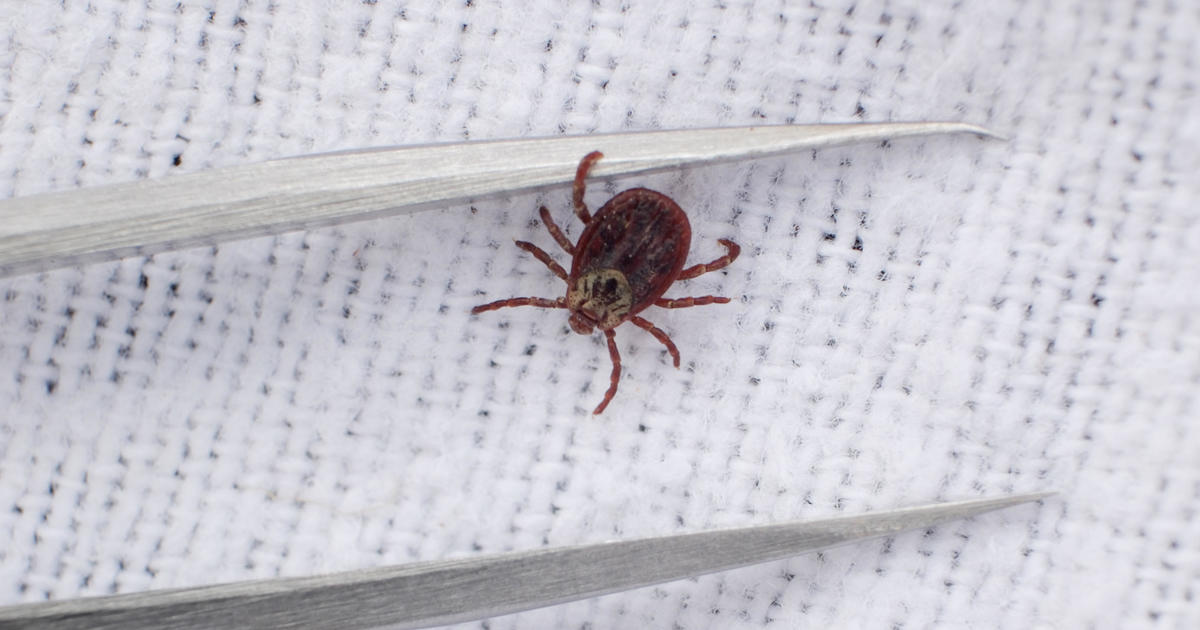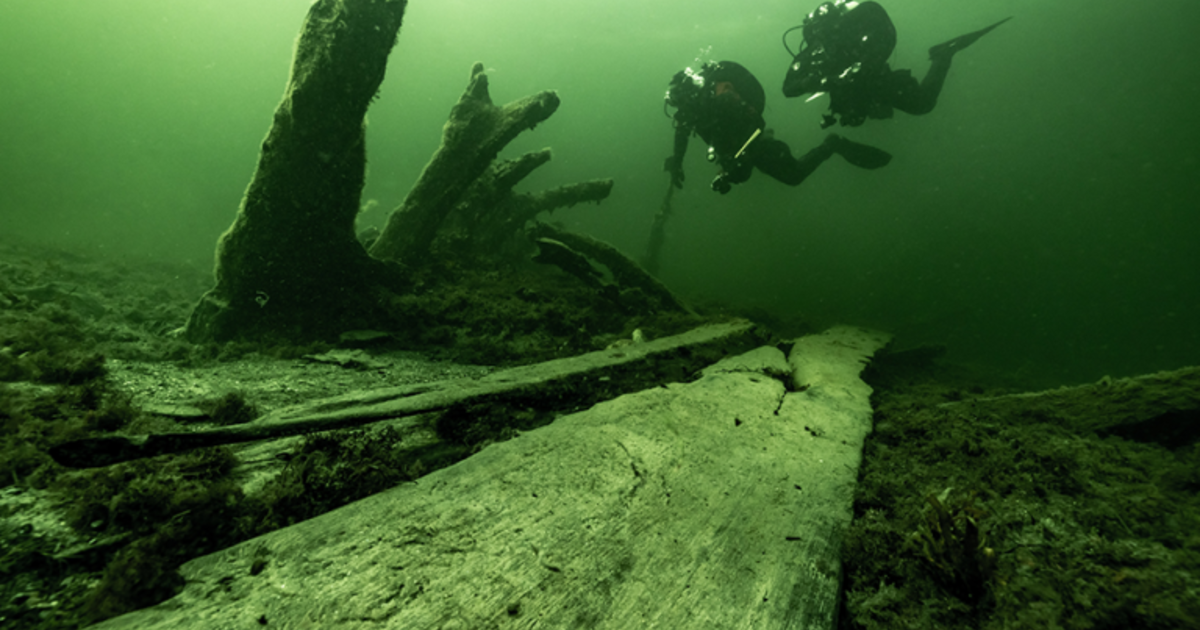Flesh-eating bacteria cases could increase and occur in more places due to climate change, study finds
Scientists have found that climate change may lead to an increase in so-called flesh-eating bacteria in the waters along the East Coast of the U.S.
The bacteria Vibrio vulnificus is usually found in warm waters with low salinity, or salt content. While the bacteria is common in subtropical regions, there has been an increase of infections from Vibrio in more northern locations, such as the Delaware Bay.
This is likely due to warming coastal waters, according to the study published in the Scientific Reports journal. An increase in temperature affects the salinity of the water, which the bacteria favors.
Climate change, population growth and an increasingly elderly population will contribute to the surge in these infections, the researchers say.
There are currently about 100 cases of these infections each year in the U.S. and the Gulf Coast is considered a "global hotspot" for the bacteria. The study looked at cases from the Gulf and Atlantic coastlines of the U.S. over 30 years.
The researchers looked for changes in the disease's distribution and found between 1988 and 2018, the annual amount of these infections increased from 10 to 80, and the cases shifted north. This led the researchers to project that by 2081 to 2100 the cases may reach areas like New York – and they may double.
They believe in the next 20 years or so, the infections will creep up about 11,000 km of the coastline and in the next 70 years, they could be found more than 14,400 km up the coast, reaching as far as the St. Lawrence River in Canada. That means by 2100, an estimated 90 million to 210 million people will be at risk.
People over 60 are more susceptible to the infection, and with the over-60 age group increasing, cases for that group could double by 2041–2060 or triple by 2081–2100.
Vibrio infections can be caused by eating raw or undercooked seafoods, but Vibrio vulnificus is a form of it that infects wounds and is often referred to "flesh-eating bacteria," according to the Centers for Disease Control and Prevention.
An infection can occur when a small lesion in the skin is exposed to the bacteria in seawater. The bacteria can cause the area to die, causing the patient to need urgent surgery to remove the tissue or risk amputation, the study says.
While the infections are still rare, mortality rates are high – about 18 percent. Most fatalities occur within 48 hours of exposure.
Treating these infections also the most expensive marine pathogens to treat, with the U.S. spending $ 320 million a year, according to the study.
The CDC advises people with wounds, including those from surgery, tattoos or piercings, to stay out of saltwater or brackish water, to cover their wounds with a waterproof bandage and to thoroughly wash cuts, especially after contact with saltwater, brackish water or raw seafood and its juices.
A study in 2019 found these infections had started occurring outside the traditional geographic boundaries, and more often. In just two years, five cases of Vibrio vulnificus had been linked to the Delaware Bay, according to a study. One of the patients died.




